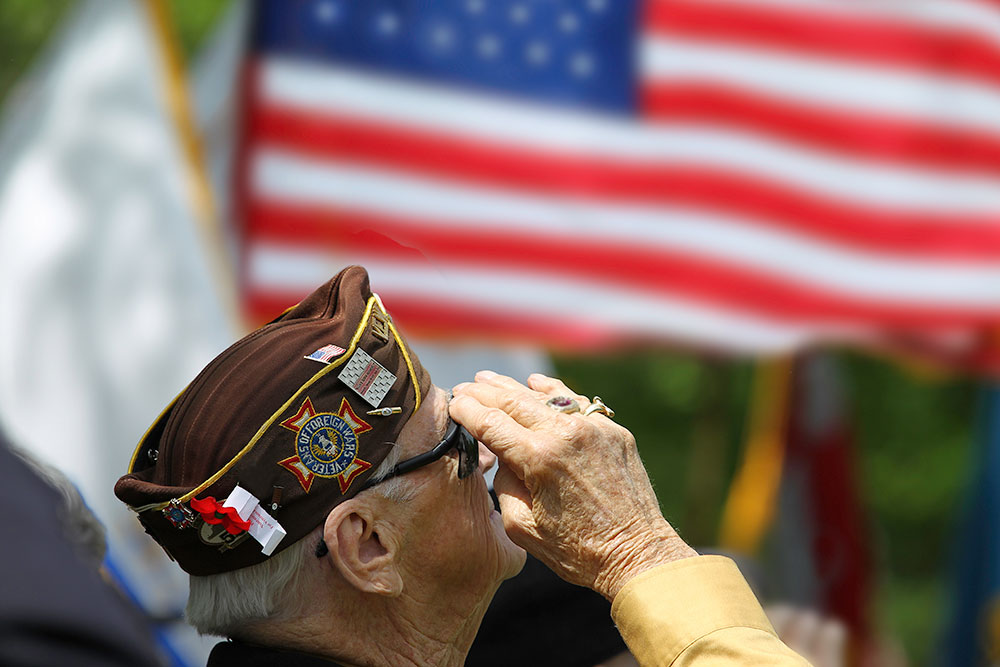THE VA IMPROVED PENSION
Today, in addition to the disability rating that entitles disabled veterans to compensation benefits, the Department of Veteran’s Affairs offers a triple tiered Improved Pension to combat veterans, their spouses, and their surviving spouse (i.e. widows or widowers).
The first measure of eligibility for all three ratings is established by the veteran’s service record. Veterans must be considered “wartime veterans” meaning they served at least 90 days and served at least 1 day during the wartime dates below, but not necessarily in combat. Veterans cannot have been dishonorably discharged.
- World War II: Dec 7, 1941 – Dec 31, 1946
- Korean War: Jun 27, 1950 - Jan 31, 1955
- Vietnam War: Aug 5, 1964 - May 7, 1975
- Gulf War: Aug 2, 1990 - Undetermined

Once the service record is established, this Improved Pension is awarded based on one of three VA ratings, or classifications.
First, there is the Basic Pension.
The VA classifies any veteran at the age of 65 to be permanently and totally disabled regardless of his or her physical state. The classification of Disabled entitles the veteran or widow for a Basic Pension if he/she meets the net worth and income criteria. The same is true for the surviving spouse. No physicians’s statement is required for filing the Basic Pension.
To be eligible for Basic Pension, a veteran must have countable income of less than $16,551 per year. A veteran with a spouse must have countable income less than $21,674 per year.

The second tier rating for Improved Pension is Housebound.
The Housebound rating requires a physician’s statement which demonstrates medical need. The medical requirement for this rating is that the claimant needs regular assistance, but not as limited as those who would qualify for Aid and Attendance. Care can be provided by family members or caregivers so long as compensation for services and expenses are clearly recorded. It is imperative that an accurate accounting of expenses is kept as the VA sends out an annual evaluation form known as an EVR to determine if the applicant still meets the criteria for receiving the this rating and Improved Pension. As with the Aid and Attendance, we recommend that a separate checking account be established for family members who serve as caregivers so that the receipt of funds for care and expenditures are able to be kept separate from other monies. In this way, bank statements serve as supporting documentation, validating expenditures and verifying invoices or compensation for care. The EVR is required for all three levels of the Improved Pension.The form is sent out with a set time frame in which you must respond with supporting documentation which confirms your continued financial need and medical condition.
Generally speaking, a claimant is eligible for the Housebound rating if he or she has a single permanent disability that results in his or her confinement to his or her immediate premises.The claimant must have either a single permanent disability rated at 100% disabling and a second disability rated at 60% disabling. To be eligible for Housebound Benefit a veteran alone must have countable income LESS than $20,226 a year. A veteran with a spouse must have countable income LESS than: $25,348 a year.
The Aid and Attendance rating is the highest of the three ratings for the Improved Pension. This benefit goes to those who meet the income cap as well as having significant medical needs. As an amount awarded in addition to the basic pension, this benefit takes into account a person’s unreimbursed (out-of-pocket) medical expenses. These medical expenses are subtracted from a person’s gross income to determine eligibility.
A veteran is eligible for Aid and Attendance when he or she requires the regular aid of another person to perform everyday functions (bathing, dressing, grooming, toileting, medication management, feeding (not meal preparation), mobility and/or transferring), is bedridden, is a patient in a nursing home or assisted living facility, or is blind or nearly blind. The income cap for the Aid and Attendance rating is $27,609 for a single veteran, $32,729 for a married veteran, and $17,743 for a widow or widower.
*Add $2,831 for each additional child

One important fact to note is that these caps apply to “countable income”. Just as there are deductions and exclusions which lower your bottom line every April 15th, there are some types of income which are excluded from the “countable income” used to calculate VA benefits. Un-reimbursed medical expenses, welfare (section 8 housing assistance, for example), and various other sources of income will not be included when determining the benefit amount.
Further, a veteran’s net worth, according to the VA, includes assets in bank accounts, stocks, bonds, mutual funds and property other than the veteran’s primary residence and vehicle. A general guideline is that the veteran’s combined assets, excluding those mentioned, must be valued at less than $155,356. However, veterans with less than that amount have been denied and veterans who assets exceed that limit have been accepted; it is not a hard limit. The final determination also considers a veteran’s age, care expenses and life expectancy.
It is important to note that claims go through a rigorous validation process and claims almost always take at least 6 months to process. Claims that are not properly prepared can take several years. The VA recommends seeking the assistance of an accredited agent so that the claim is fully developed prior to submission and does not have to go through numerous revisions which cause delays in processing.
Figures are from the Veteran’s Administration as of 12/01/2023. Please contact the VA to verify current Aid and Attendance monthly payments.
